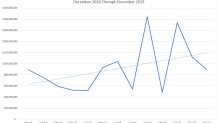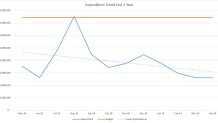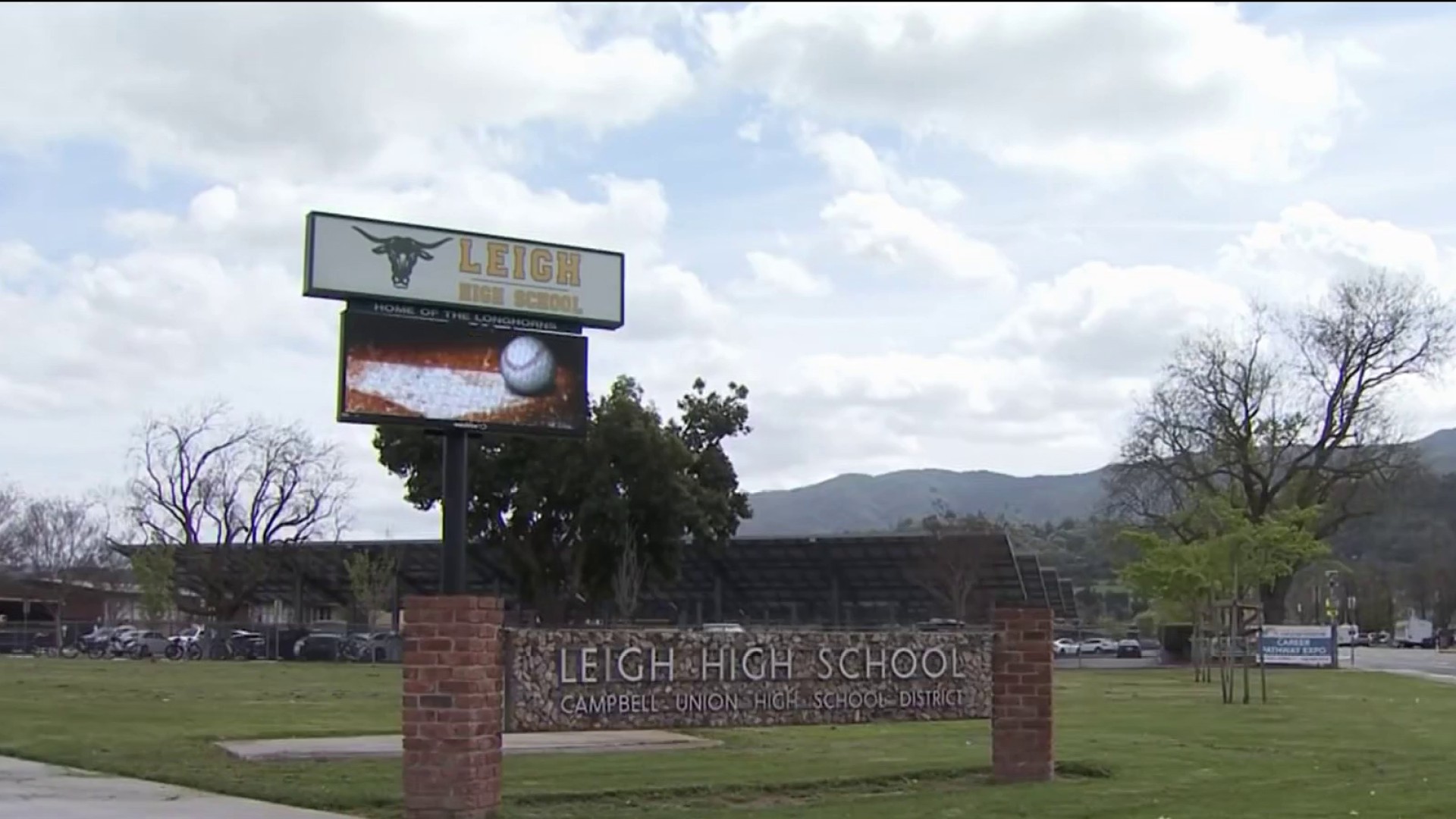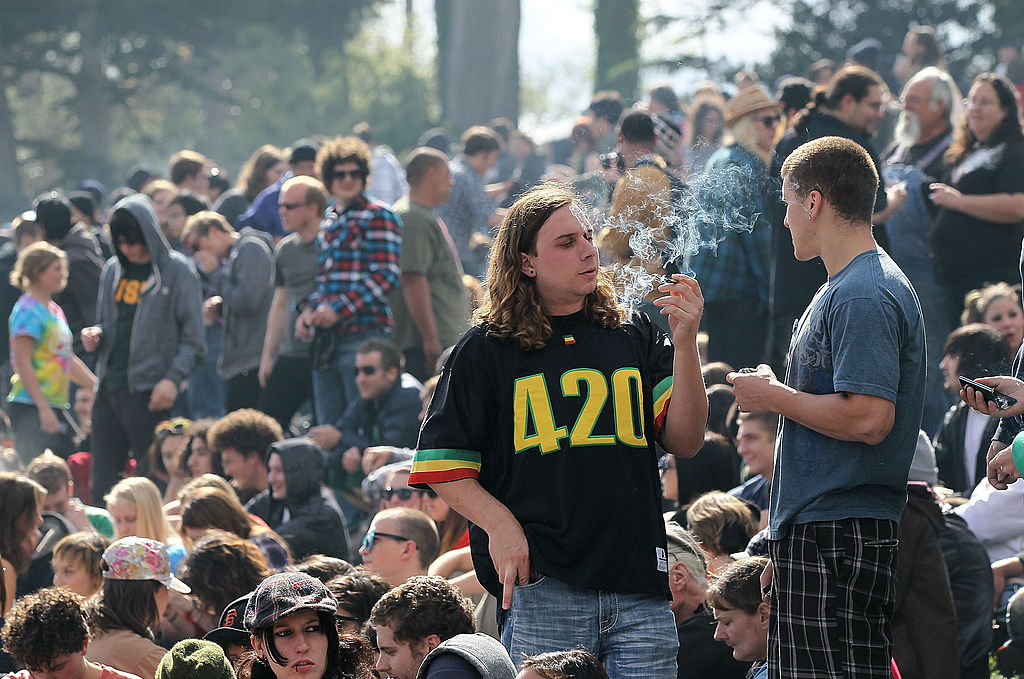For the first time since taking over as CEO, Brian Kelly believes the High-Speed Rail project is finally heading in the right direction.
But is it too little too late?
While construction continues in earnest along the 119-mile-long section of the project in California’s Central Valley between Madera and just north of Bakersfield, Authority Board members learned at their November monthly status meeting that construction spending was actually down by 20% month over month from August to September 2019, with a preliminary monthly expenditure off $89 million, down from $112 million in August.
While the trendline of spending has reversed its downward trend from April, 2019, the pace of construction work still is not high enough to make a deadline of December, 2022, required by a Federal American Recovery and Reinvestment Act (ARRA) grant funds given to the state of California to help complete the first phase of the multi-billion dollar project.

If the California High-Speed Rail project doesn’t get up and running faster it risks missing that deadline of December 2022, when the Federal ARRA Funding grant requires that there be a track and rail built, installed and running. Officials emphasize that the track and train don’t have to be high speed at that time, merely conventional rail. Even so, at the current pace three different California High Speed Rail Authority board members told NBC Bay Area’s Investigative Unit they’re worried that the project will not make the deadline.
Miss that deadline and federal funding for the rest of the project could be in jeopardy and the state of California could be forced to pay back millions of dollars to the feds.
Local
In his first extensive interview since undergoing throat surgery, California High-Speed Rail CEO Brian Kelly admits “That is a daunting deadline.”
“Okay it’s going to be tough,” Kelly said. “So, we are being creative, we are showing determination and putting our organization together, and we are working through the issues. The hard part is, again, we have (right of way, utility and design) work that must get done before the expenditure rate will climb. And we are throwing the kitchen sink at, getting that stuff done. I'm confident we're going to get there. You know, I see nothing but challenges in front of us. But I've never met a mega-project that doesn't have challenges.”
Kelly admits the entire endeavor got off to a rocky start.
“Mistakes have been made, I guarantee you mistakes will be made,” Kelly said. “But we have a better sense of where we are and where we need to go than we have had before. And I am feeling as I said oh great sense of momentum that we are going to get there.”
NBC Bay Area crunched the High-Speed Rail Authority’s own numbers.
Back in April 2019, construction trended down and only once did construction spending meet or exceed what was required, $149 million a month, marked by the orange line, in order to make that December 2022, deadline.

Back in April, High-Speed Rail’s COO, Joe Hedges predicted that construction would increase significantly and meet the targets during the dry summer months.
“What you’re going to see is as we go through the summer you’ll see construction coming back up,” Hedges told NBC Bay Area. “I’m pretty confident that if we get the sights clear we can get to work. And we’ll be fine.”
But the actual spending data shows construction did not ramp up as predicted.
And because of past under performance Authority Board member Tom Richards said in an open meeting that the target monthly spending has shifted upwards to $188 Million a month needed to be spent in order to make the deadline.
It has not met that goal and only three times during the last year has the construction spending equaled or exceeded the old target spending of $149 Million a month showing that the project continues to consistently under perform and miss the pace needed to make the federal deadline, putting it behind schedule.
“I agree that the numbers didn’t move as fast as we want,” Kelly said. “I still believe the numbers are going to continue to rise, and so at the end of the day will we be there, I think we will.”
When asked what happens if High-Speed Rail doesn’t make that ARRA deadline outlined in its agreement with the federal government Kelly said “If we don’t make it we’ll have to negotiate with the federal government and what that means.”
Some authority board members who asked not to be named told NBC Bay Area they are not convinced. And they are starting to consider other options or ways to keep the project alive. All agree they want to see this project succeed.
But at the November monthly board meeting COO Hedges delivered more problematic news telling members and the public that four major viaduct and long-span bridge structures have not even begun to be built. Hedges told NBC Bay Area that all four structures are critical structures that will actually carry the high-speed rail and bullet train on top of them through the Central Valley and must be completed before the ARRA deadline. They are expected to take years to complete.



